“The world reveals itself to those who travel on foot.” – Werner Herzog
Turkey is a land of mountains, breathtaking scenery, and vast stretches of unspoiled countryside that serve as natural sanctuaries for its remarkable diversity of wildlife, flora, and fauna.
The rugged landscape has shaped the country’s cultural heritage for centuries. Nomadic and semi-nomadic communities once moved with their herds each year to the fresh mountain pastures, known as yayla. These alpine meadows continue to symbolise a living connection to Turkey’s enduring traditions.
Hiking
Hiking offers the perfect escape from the crowds, opening the door to the real Turkey—where breathtaking landscapes, remote historic sites, traditional villages, and warm, welcoming locals await.
While dedicated hikers may be drawn to the rugged interior and the dramatic mountains of the east, even a short walk inland from the busiest coastal resorts can feel like stepping into another world.
For those seeking a challenge, Turkey boasts three official long-distance trails: the Lycian Way—named by the Sunday Times as one of the world’s top ten walks—the St Paul Trail, and the Carian Trail.
Lycian Way
The Lycian Way is a 540km waymarked trail stretching along the coast from Fethiye to Antalya. It takes its name from the ancient Lycian civilisation, whose legacy is still visible today in the striking rock-carved tombs scattered across the region.
This dramatic stretch of coastline offers walkers a mix of breathtaking scenery and varied terrain. Wooded mountains rise steeply from the sea, providing spectacular views, while the path weaves past some of the area’s most remote historic sites.
The trail is graded medium to hard—not a flat coastal stroll but a route of steady ascents and descents as it approaches and retreats from the shoreline. The first sections near Fethiye are gentler, becoming progressively more challenging further east.
The best times to walk the Lycian Way are spring (February–May) and autumn (September–November). Summers are hot, though shorter, shaded stretches can still be enjoyed. The route follows ancient footpaths and mule tracks, mostly across limestone, which can be hard and stony underfoot.
Highlights of the Lycian Way
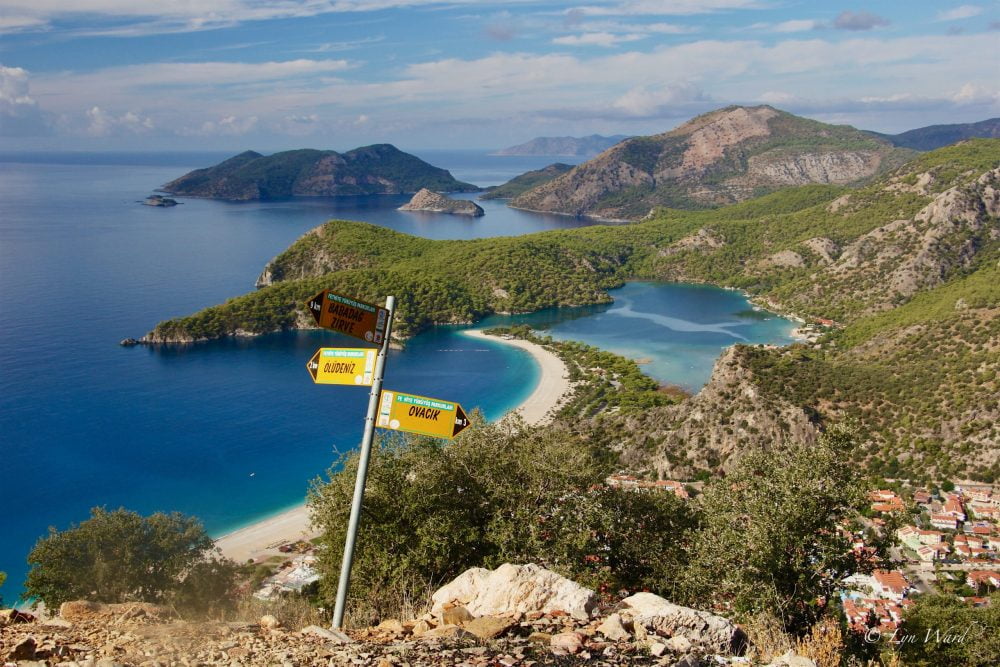
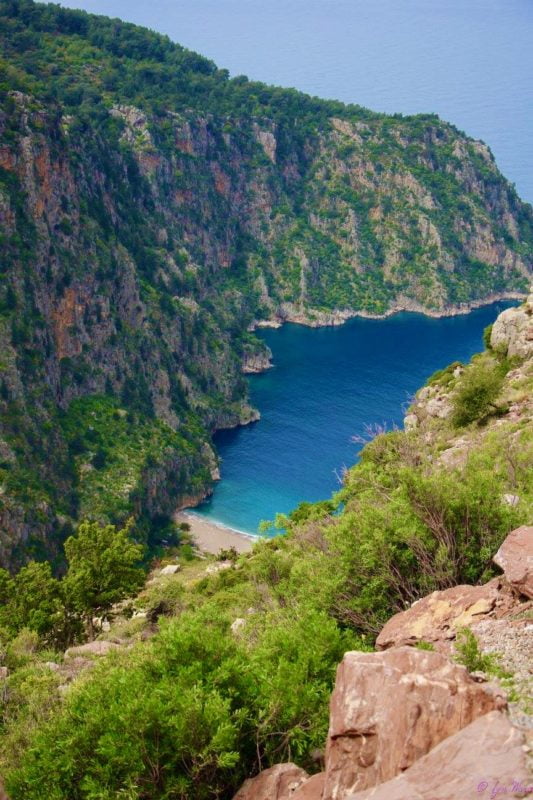
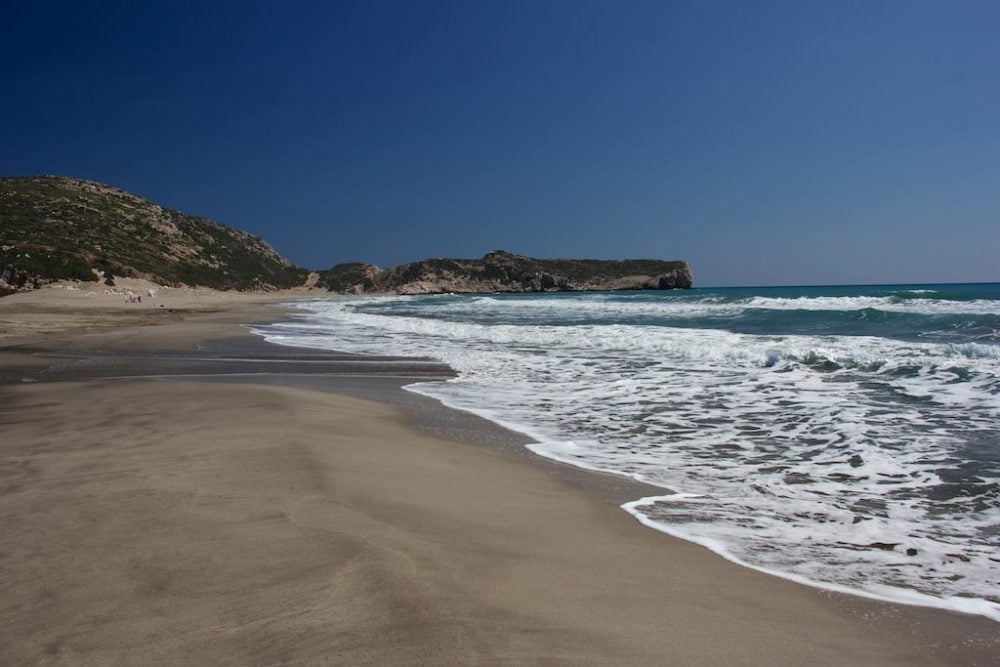
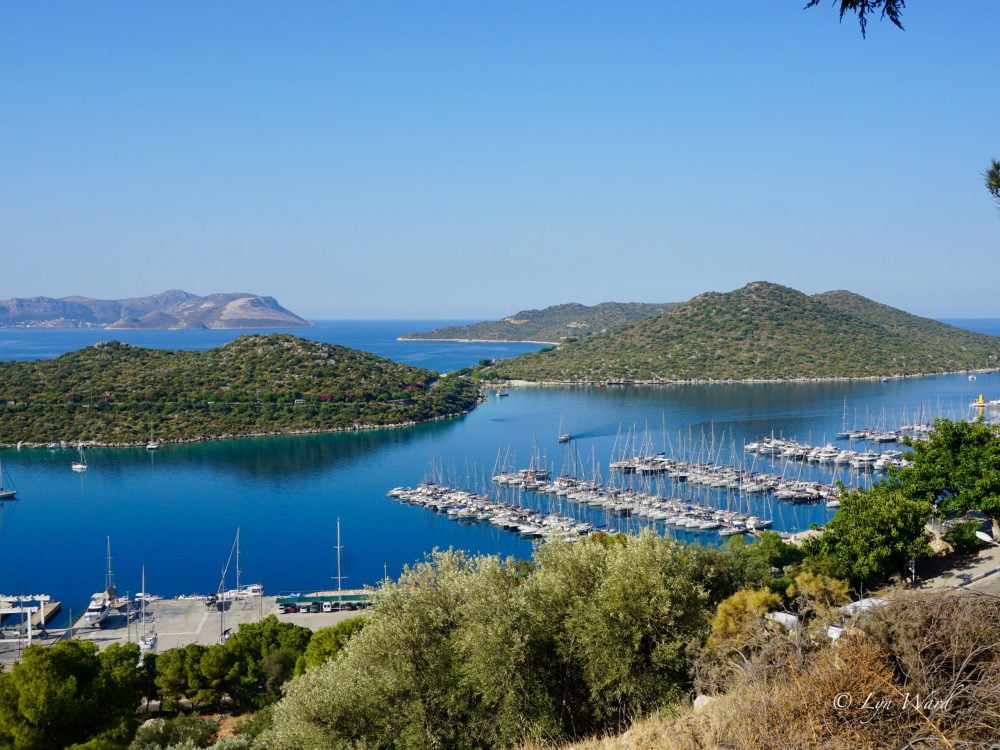
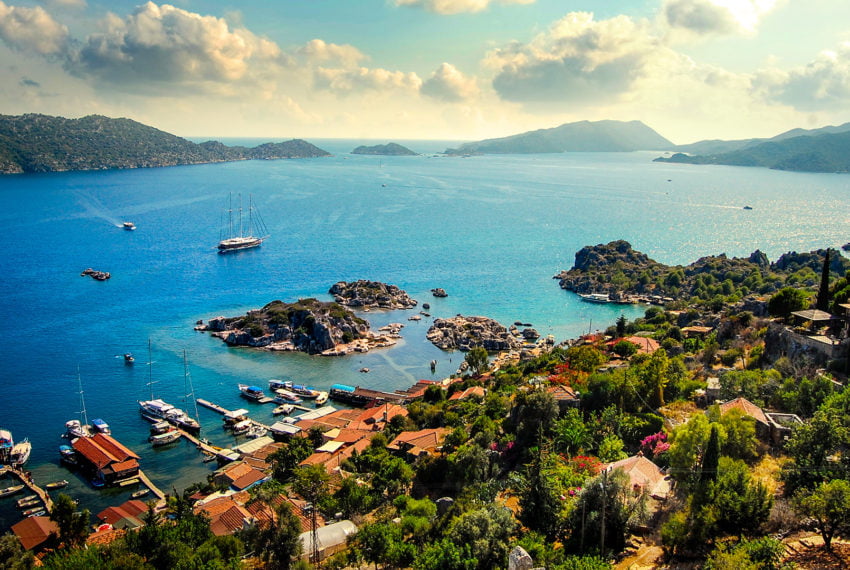
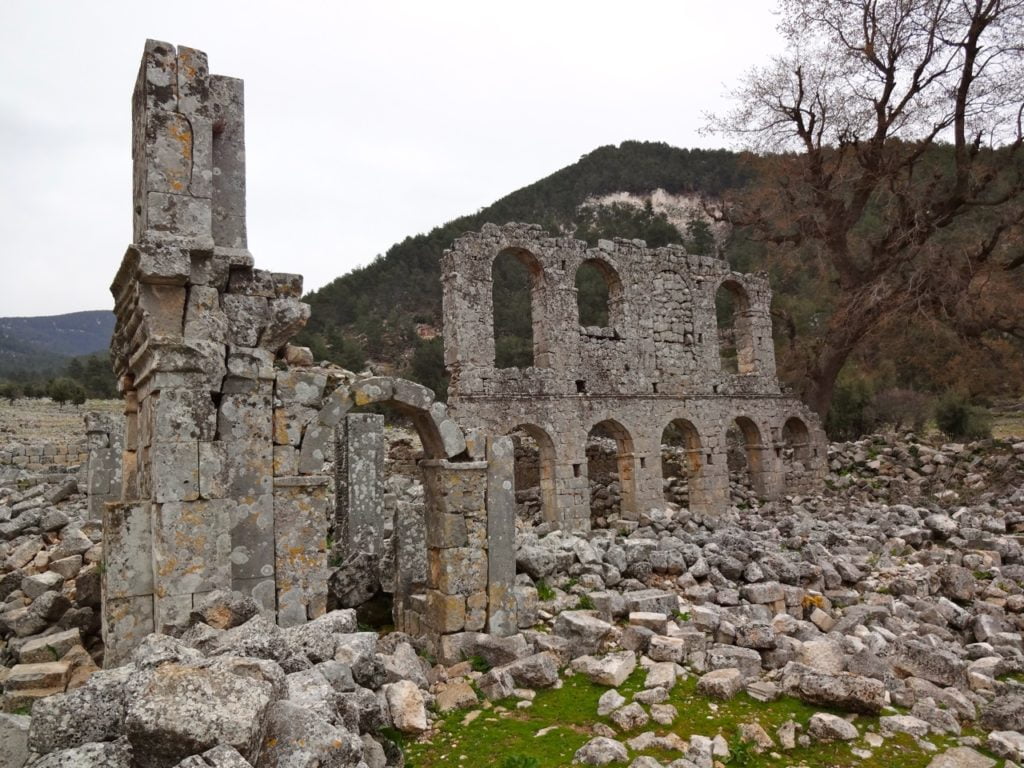
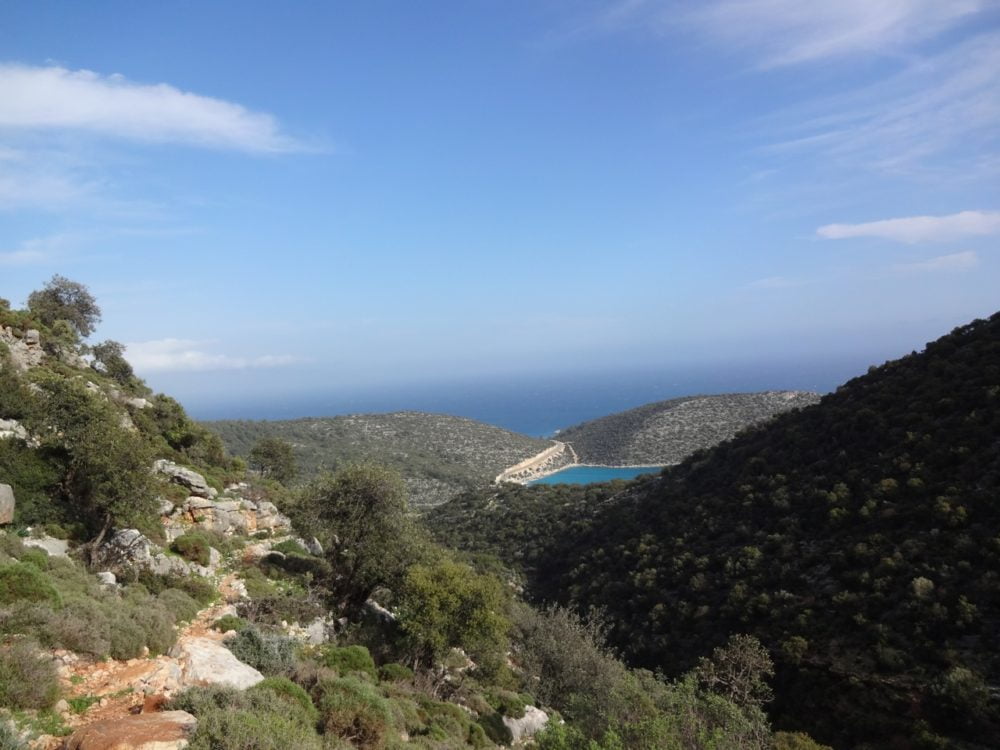
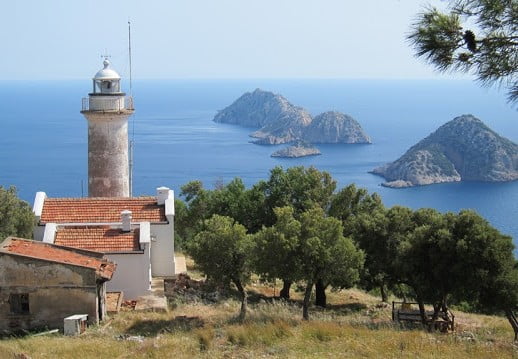
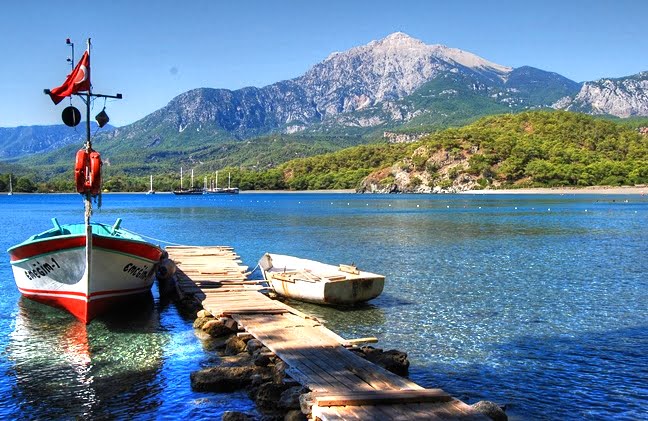
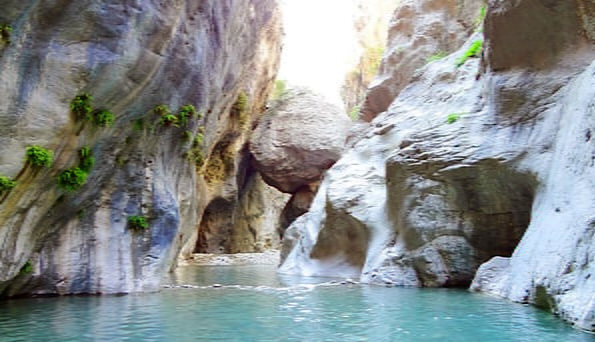
Discover more about the beaches along the Lycian Way in Lisa Morrow’s article.
Turkey’s Lycian Way: An epic hike with beautiful beaches at every turn
St Paul Trail
The St Paul Trail is a newer waymarked footpath stretching for around 500km from Perge, 10km east of Antalya, to Yalvaç, northeast of Lake Eğirdir. A second branch begins at Aspendos, 40km east of Antalya, and joins the main route at the Roman city of Adada.
Partly following the path taken by St Paul on his first missionary journey through Asia Minor, the trail begins at sea level and climbs to 2,200m, with two optional peaks reaching around 2,800m.
Wilder and more rugged than the Lycian Way, the St Paul Trail is also higher and cooler during the summer months. Walkers can enjoy a mix of experiences—some days traversing ridges and summits, others winding through forests, farmland, and ancient villages.villages.
Sütcüler
Early on the trail lies the town of Sütcüler, once an important Ottoman administrative centre. In the town centre stands a mosque from that era, while the ruins of a Roman settlement can be found on a nearby hill. The surrounding gorges were once crossed by ancient pilgrimage routes, and the area was known as Bavul, in honour of St Paul.
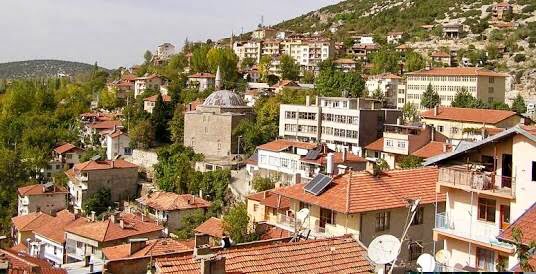
The second part of the walk leads over the shoulder of Mt Davras (2,635m) and across the İsparta plain, before two rewarding days of trekking in the Barla Mountains. Here, hikers have the option to summit Gelincik Dağı (2,799m) and Mt Kaymaz (2,250m).
An overnight stay in Barla precedes the route’s descent to the lakeside town of Eğirdir, where you can climb Sivri Dağı, relax in a traditional Turkish bath (hamam), or cool off with a swim in the lake.
Highlights of the St Paul Trail
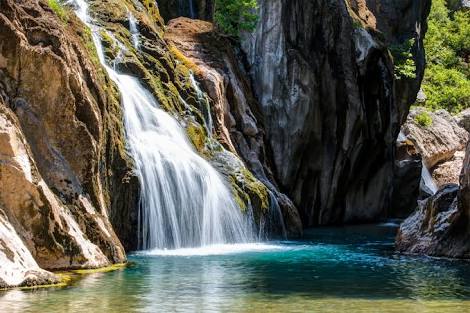
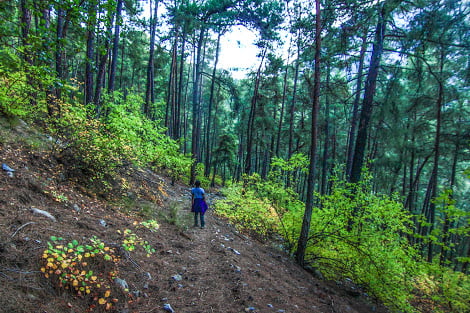
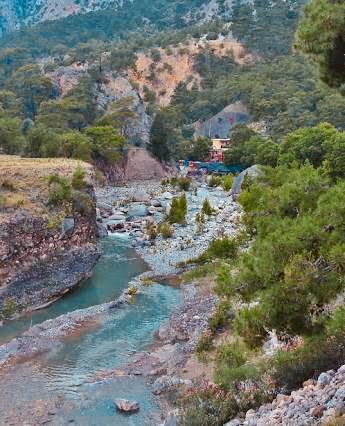

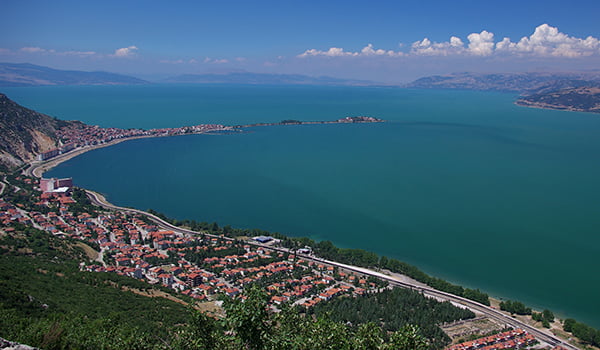
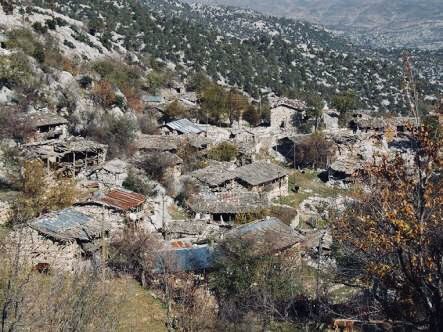
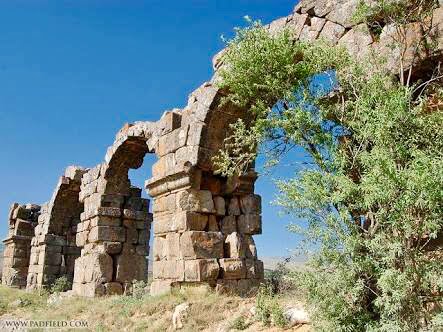
The Carian Trail – Turkey’s Longest Coastal Hiking Trail
The Carian Trail is an 800km long-distance walking route in southwest Turkey, stretching from Bodrum and Karpuzlu on the Aegean coast, around the Gulf of Gökova, and on to Içmeler by the Mediterranean. Officially opened in 2013, it quickly became a rival to the famed Lycian Way as one of Turkey’s most remarkable treks.
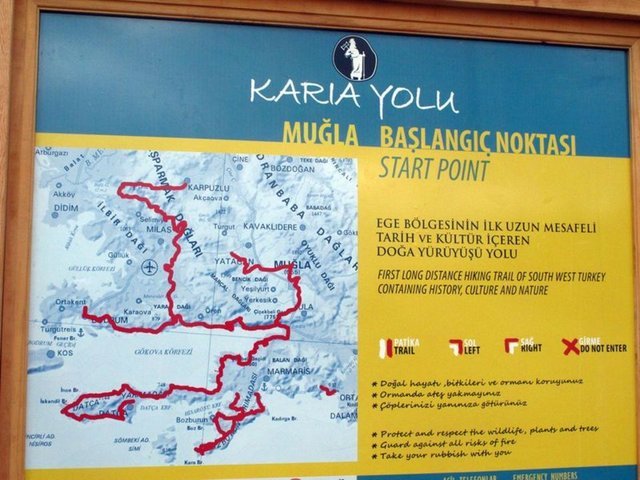
Named after the ancient Carian civilisation, the trail winds through a landscape steeped in history. Stone-paved caravan routes and old mule paths link coastal villages with the mountainous interior, leading hikers into an unspoiled region rich in colour, tradition, and timeless charm.
Waymarked to international standards, the Carian Trail welcomes both independent walkers and guided groups to experience its blend of scenic beauty and cultural heritage. Along the way, hikers can swim from deserted turquoise bays, climb through pine-scented forests to hidden ruins, and gaze out across the dramatic Aegean coastline to the Greek islands.
The journey is filled with unexpected discoveries: wild mountain goats roaming the remote Datça Peninsula, traditional boatbuilding in Bozburun, Neolithic cave art near Lake Bafa, and handwoven village carpets crafted on ancient looms. For those seeking both adventure and authenticity, the Carian Trail offers an unforgettable experience.
Carian Trail consists of four main sections:
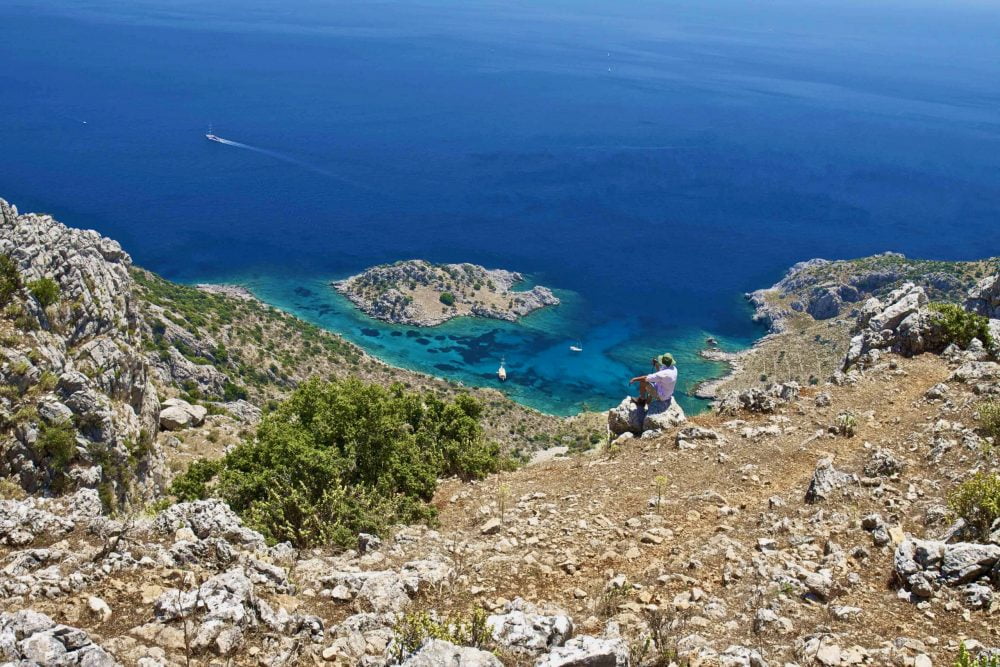
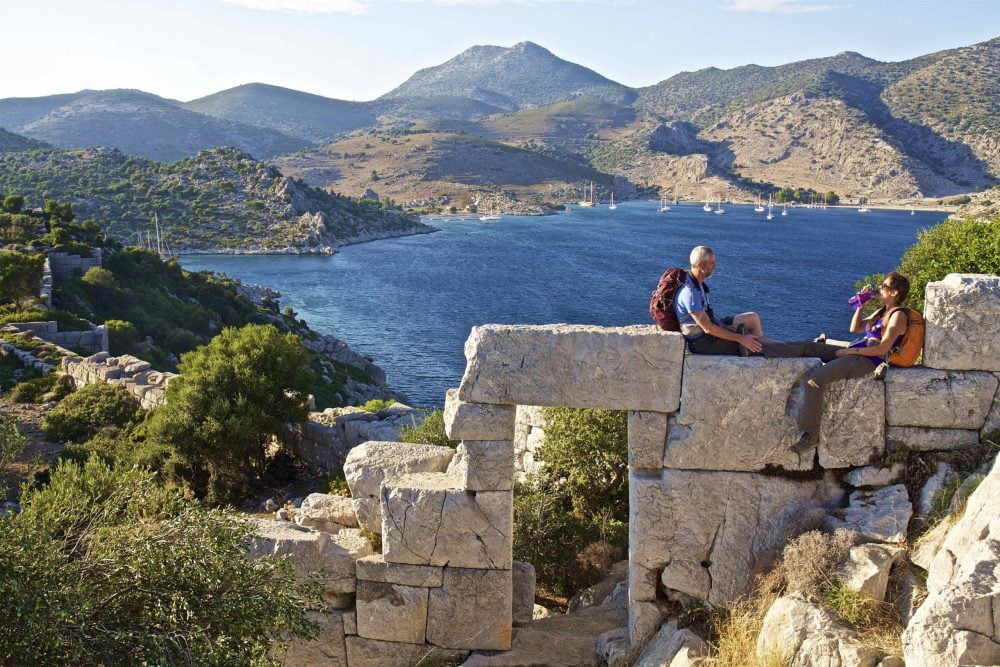
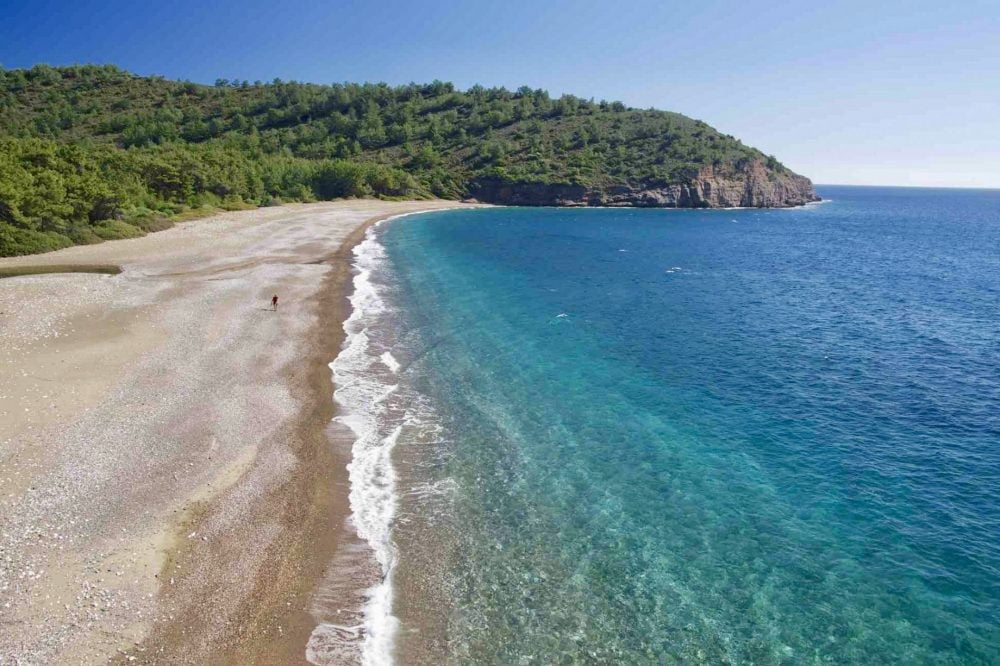
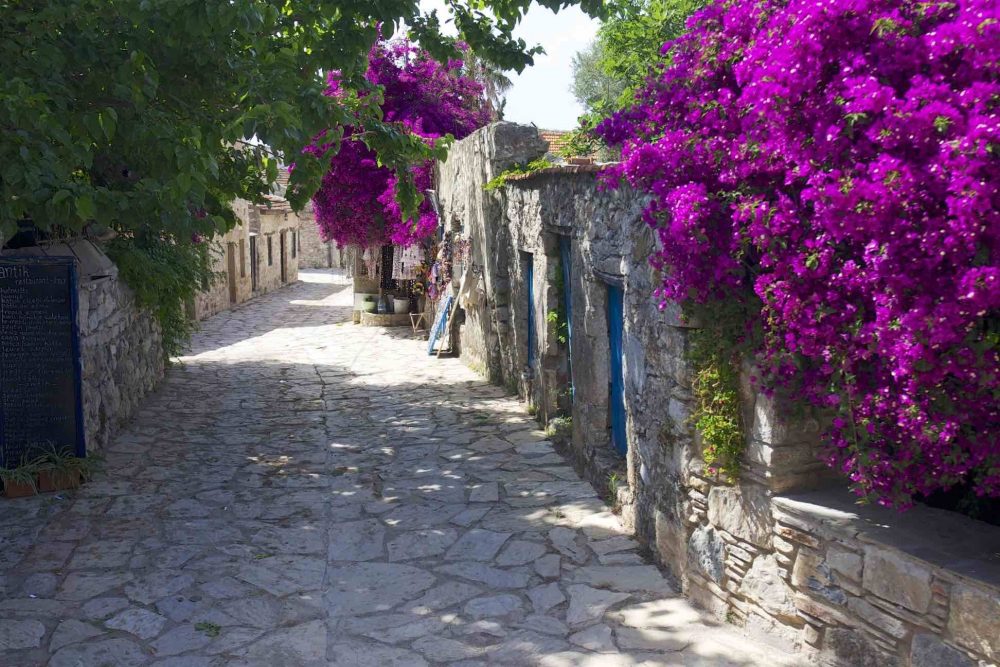
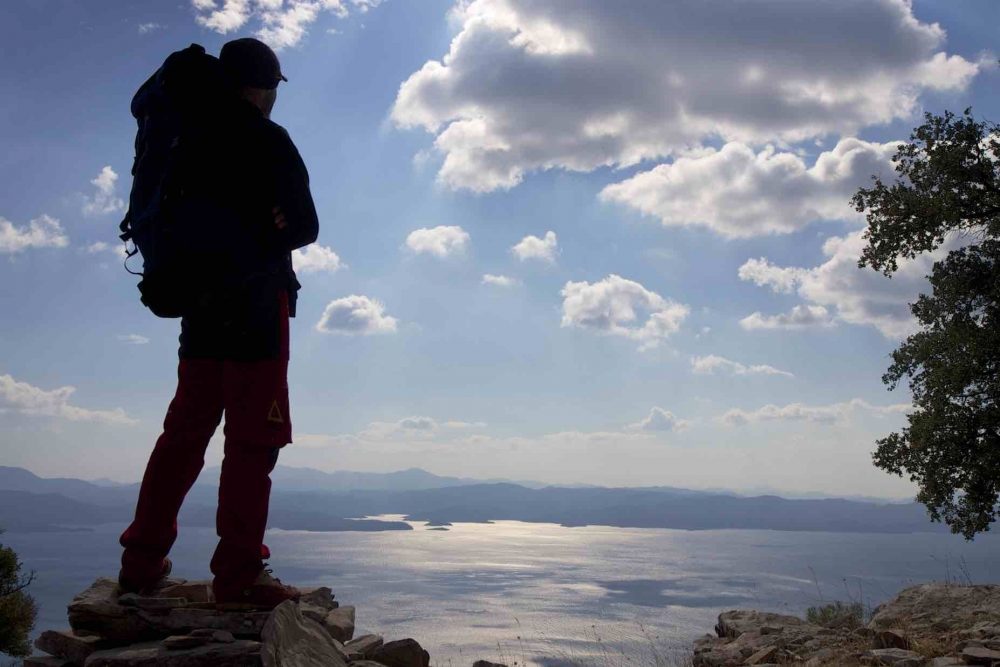
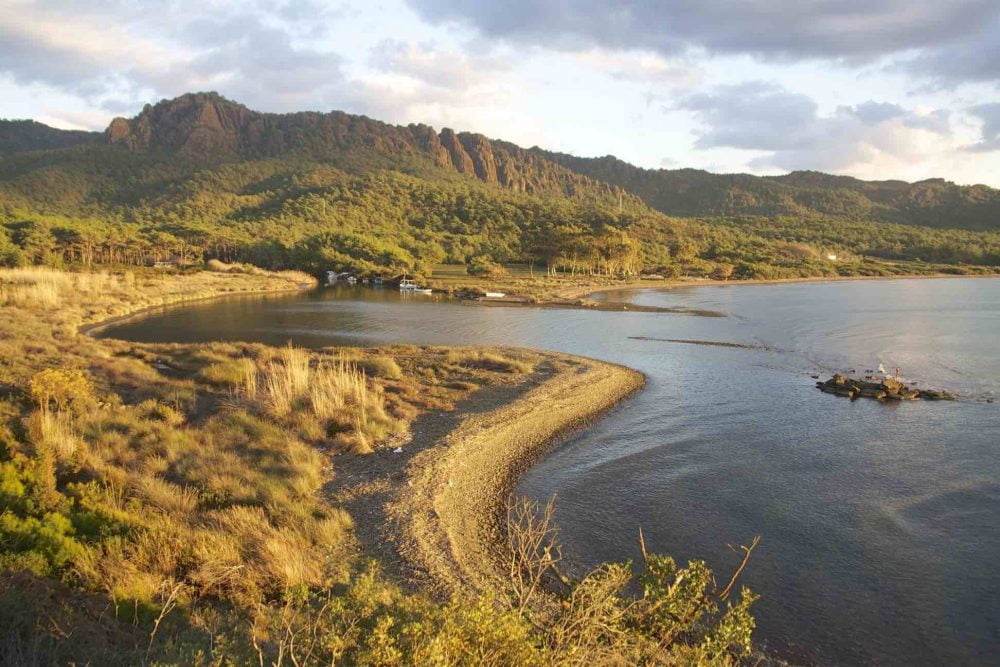
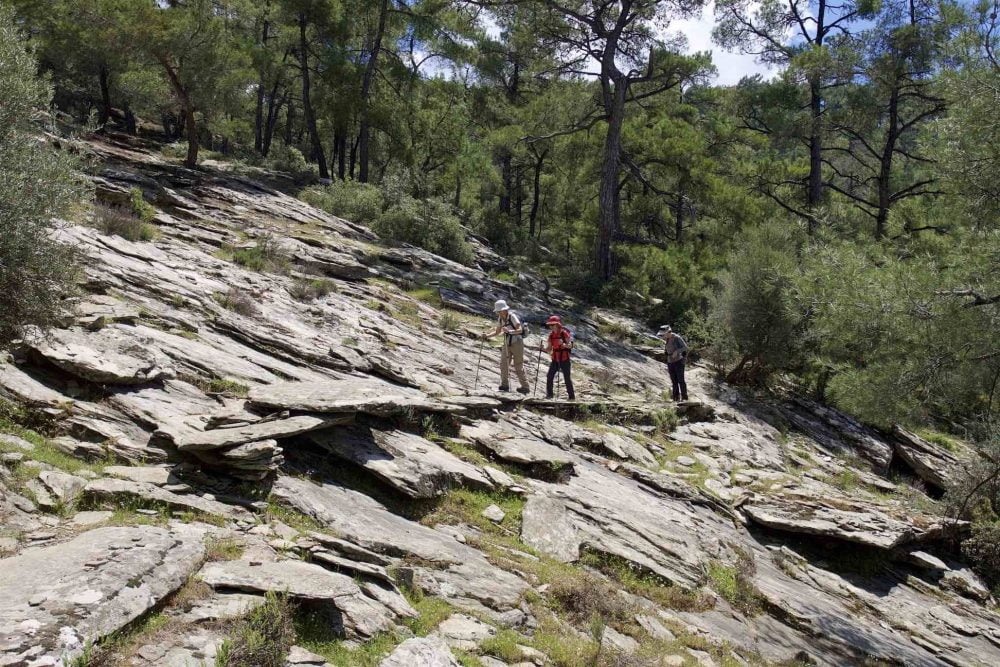
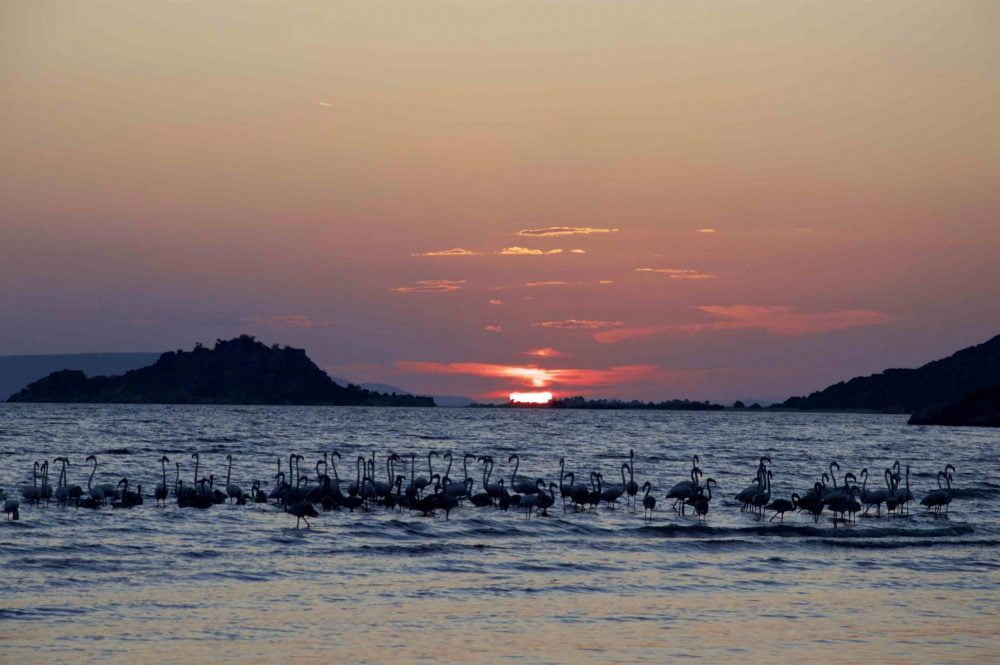
One alternative section:
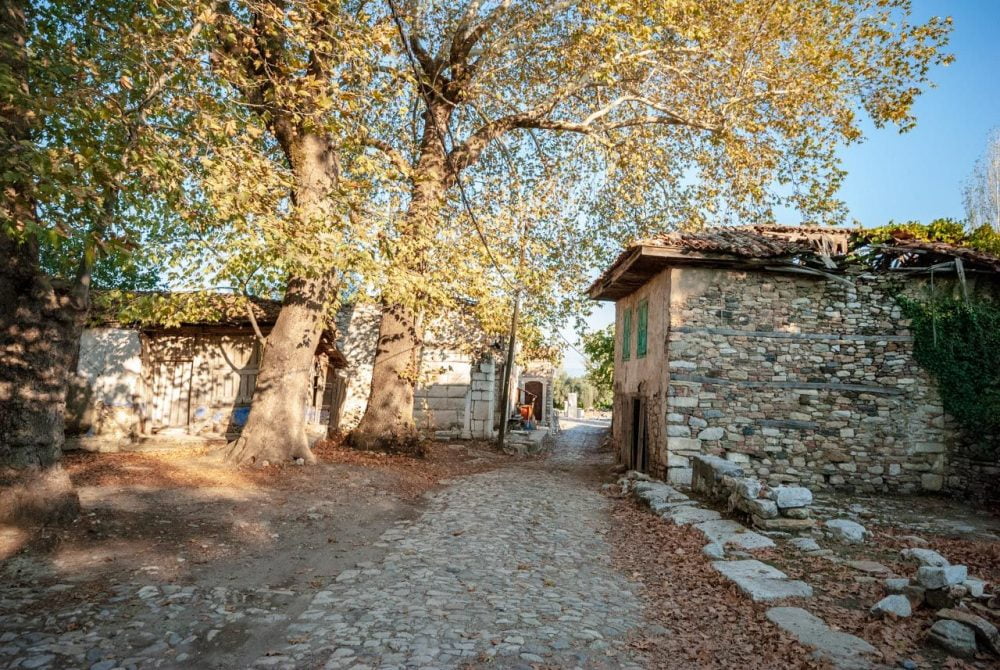
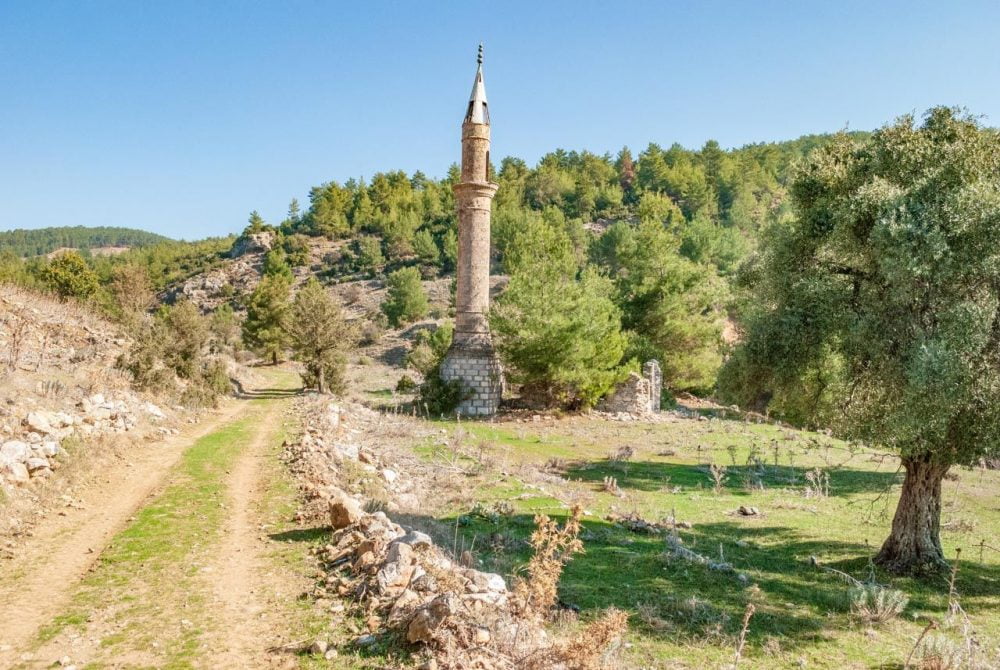
For more information on these routes, visit:
Culture Routes Society: St Paul Trail
Sources: Discover Turkey/Culture Routes Society
This article was first published on 15 January 2019 and updated on 18 August 2025.

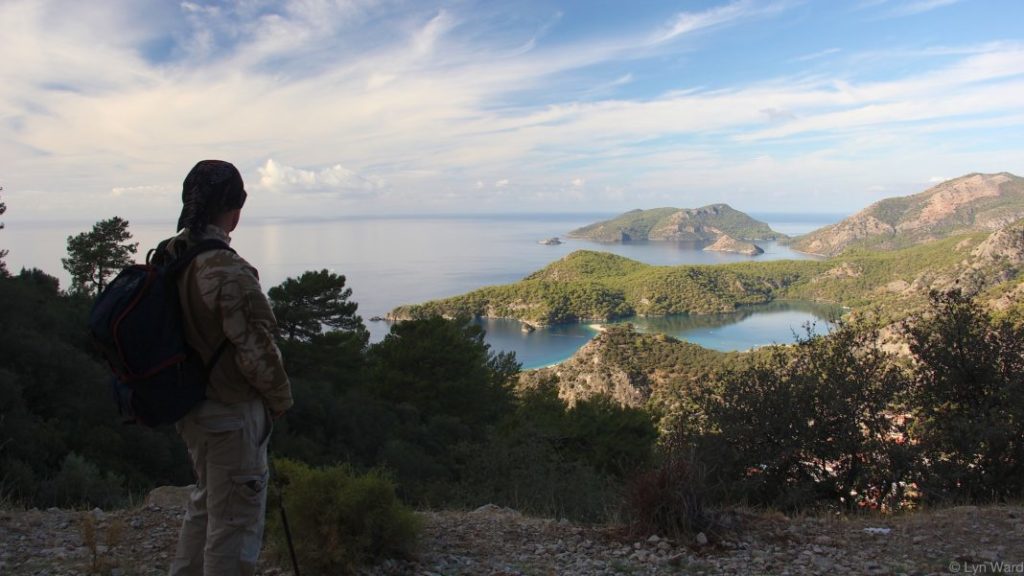







4 responses
A very nice report! In addition, I would like to point out a website dedicated specifically to doctors in Turkey – http://www.medinturkey.de. It is a helpful resource for travelers who also wish to make use of medical services
Thank you, this link is now visible in the comments section at the end of the article 🧿
We are planning to visit Fethiye for a few days during the last week of September 2025 and then hike the Lycian Way. On several online forums we found that access to the forest is prohibited due to fires. Does this mean that the Lycian Way is closed? Or is it still possible to hike it?
Due to ongoing high temperatures and increased forest fire risk, entering forested areas along the Lycian Way is prohibited from June 15 to October 31 in the Muğla region and other parts of Turkey. Hikers should expect extremely hot weather, dry conditions, and the possibility of encountering authorities like the Gendarmes who enforce these closures, so postponing your trip to November or a later date is strongly recommended.